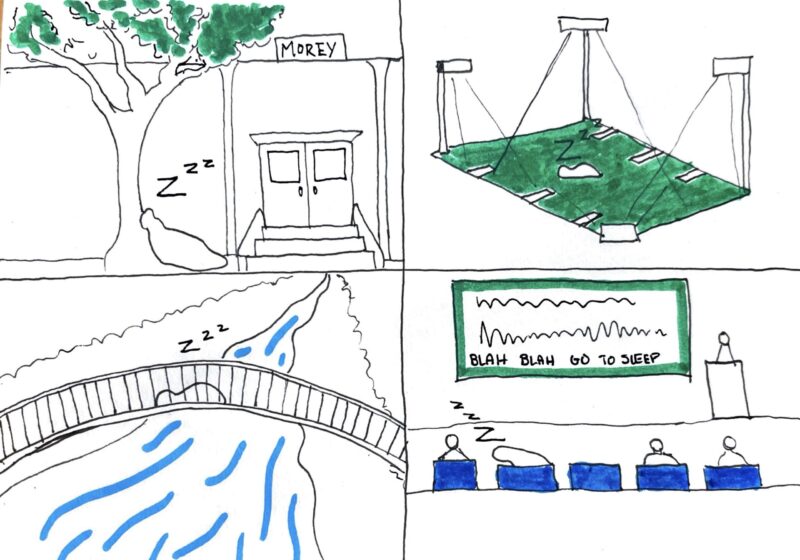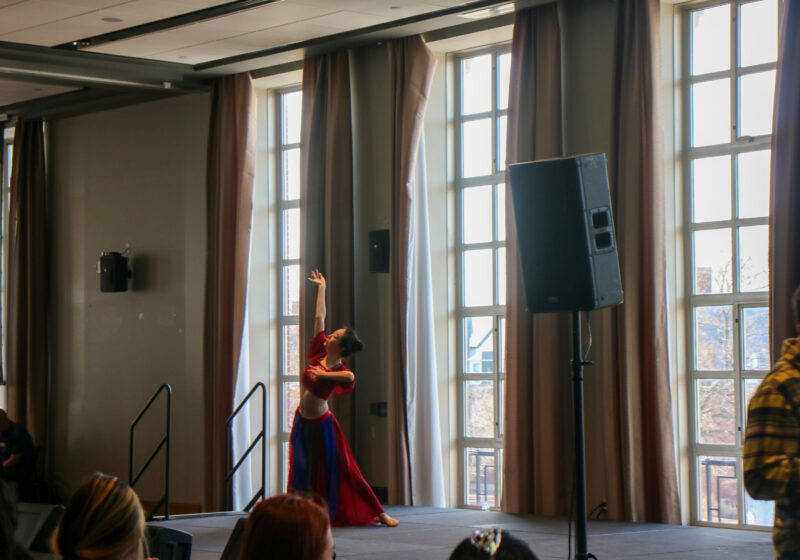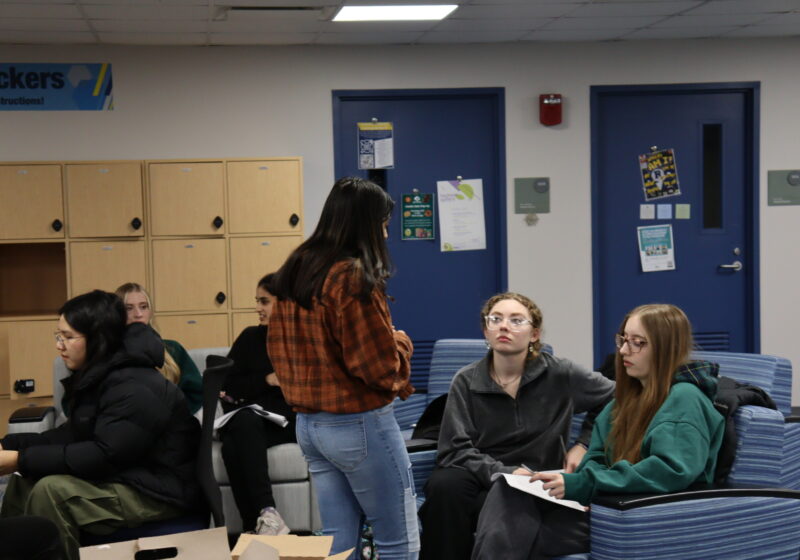About once a year there will be a big snow in New York City. If we’re lucky, we’ll get a day off from school. So every New York City kid, like me, has been classically conditioned to feel great joy when exposed to extreme amounts of snow. Snowy days, for me, call for snowy movies.
So I am today going to share with you one of my favorite snowy movies, a movie I have had an itching to watch every day since Rochester’s first hardcore snowfall.
The film I refer to is John Carpenter’s 1982 horror flick “The Thing.” I’ll give you the plot set-up: A crew of 12 scientists (and various assistants) in Antarctica are pitted against a murderous, infecting alien. Once it kills you, it can imitate you exactly. It thinks as one but operates separately — it can be multiple people at once, operating from a hive mind. To say anything more would be spoiling, but I don’t think it’s telling too much to say that these 12 men grow more frantic in their paranoia and less confident in their trust. The performances are sufficient from the entire cast, but particularly noteworthy are Kurt Russell as MacReady, the helicopter pilot who takes charge, Wilford Brimley as Blair, the first to realize the magnitude of the crisis, and Keith David as Childs, another natural leader whose instinct to take charge puts him at odds with MacReady.
The movie features some gleefully bizarre effects by Rob Bottin, of “Star Wars” and “Game of Thrones” fame. The shape-shifting scenes themselves can often play as comical — especially if you are into shock and gross-out humor — when viewed on a small screen. If you ever get the opportunity to watch “The Thing” on a big screen — and I hope you do — you may find that the effects are not so funny when you can see them in such nauseating detail. Certain types of disgust can only be rendered by practical, on-set effects.
But these effects only serve as a method of setting the stage for what is the real centerpiece of the film — paranoia. The most intense scenes of “The Thing” are scenes of human anxiety, where the special effects are replaced by men’s eyes and furtive movements: a change in trust shown in a man’s darting eye, a hand creeping only so close to a gun (why the heck there are so many guns and flamethrowers in a research facility is beyond me). The camera work and editing in these scenes feel more like a western than a horror film (a similarity Carpenter embraces — MacReady goes around in a cowboy hat).
You may notice that I use the words “man” and “men” to describe the characters in this movie. You may be wondering why. Let’s just say that this movie does not pass the Bechdel test. There are no female characters. I’ll be honest — I actually like the effect it produces. Unlike many “manly man” movies, which serve up masculinity hand in hand with sweat and extreme violence, the masculinity of “The Thing” feels genuine and comes with a strong sense of mistrust.
It would be a travesty for me to talk about this movie without mentioning the spectacular cinematography by Dean Cundey. He here displays a mastery of sweepingly epic shots of snow-covered landscapes as well as close, creepily intimate shots of actors. He also proves himself an able artist in showcasing the wild special effects that the film has to offer. It would also feel unfair not to mention the work of the composer Ennio Morricone, who contributes a nervously pulsing electronic score that serves the film well.
“The Thing” was released in 1982, just as the AIDS crisis began. In its time, it was often thought of as a film about the fear surrounding disease. Today, the film feels like an expression of Trump-era paranoia, the fear of the outsider, the invader, the thought that your greatest enemy could be living right next to you. As a result, this seems to be a film that uses its titular alien to set the stage for the true horror: paranoia.





